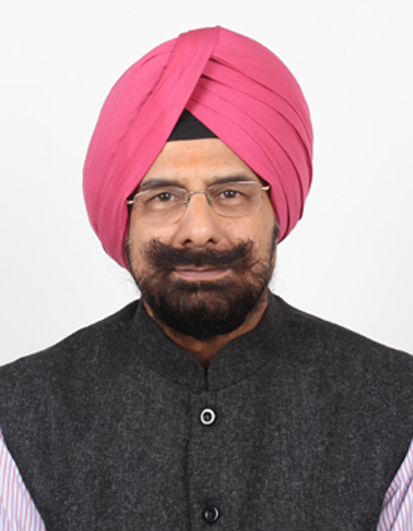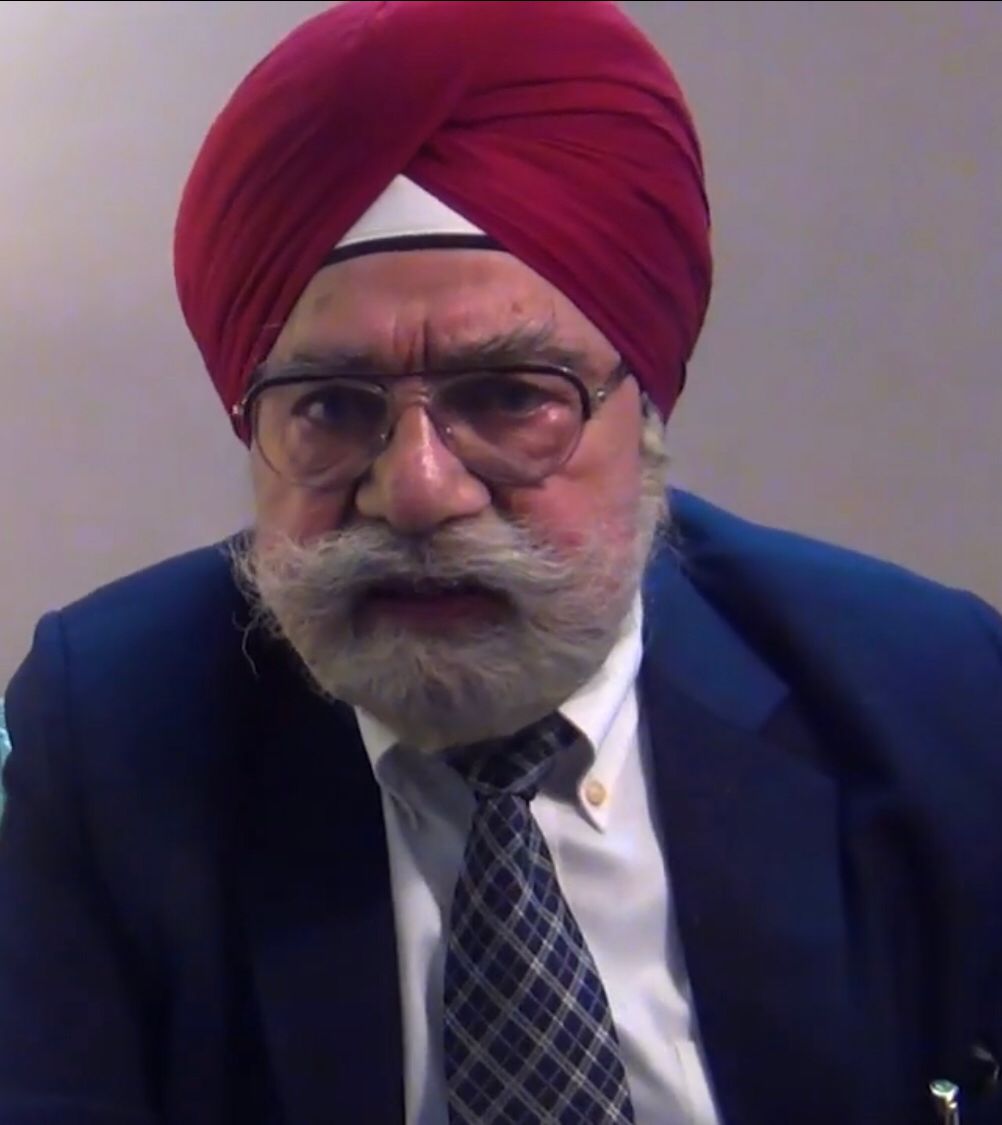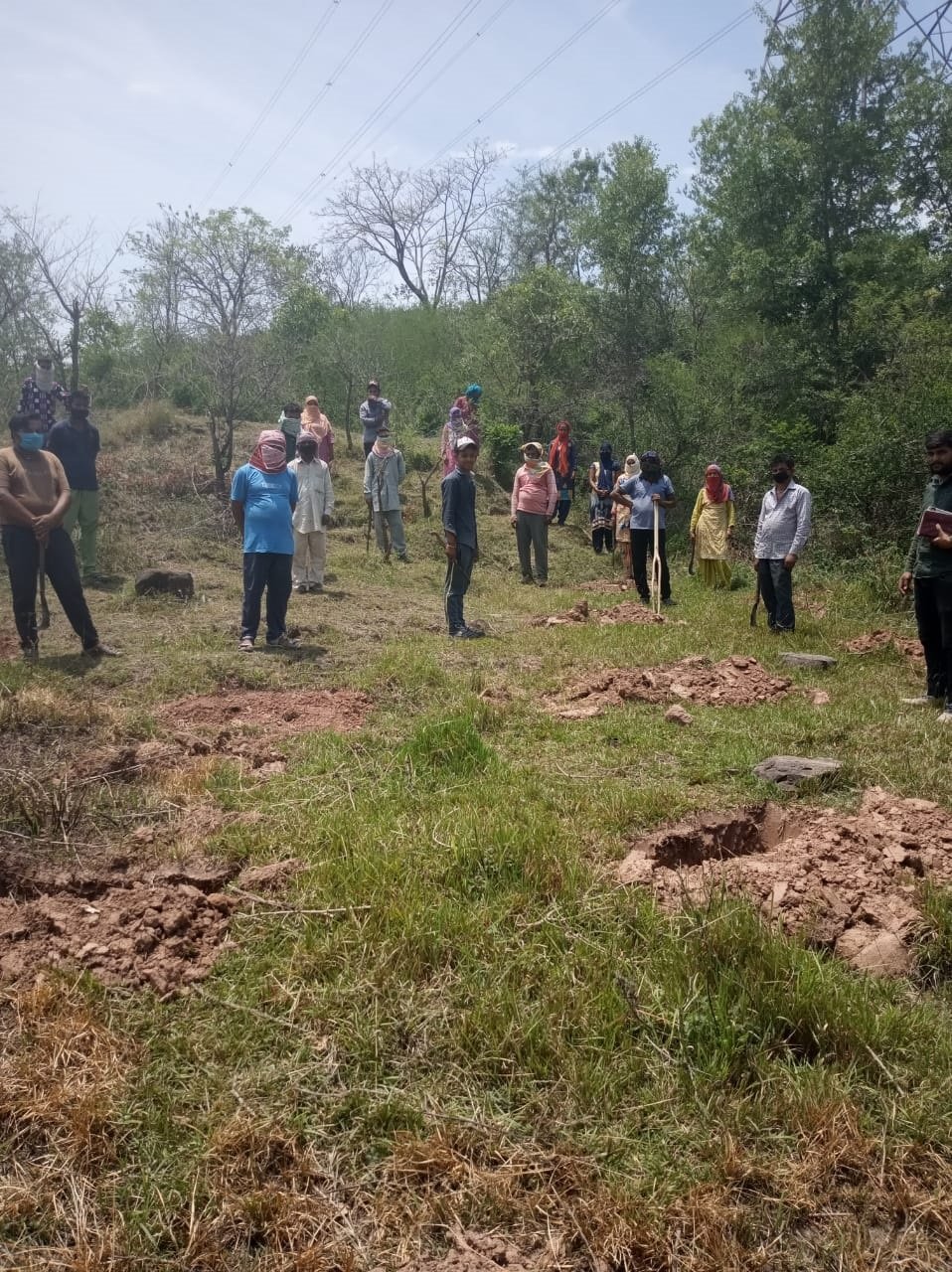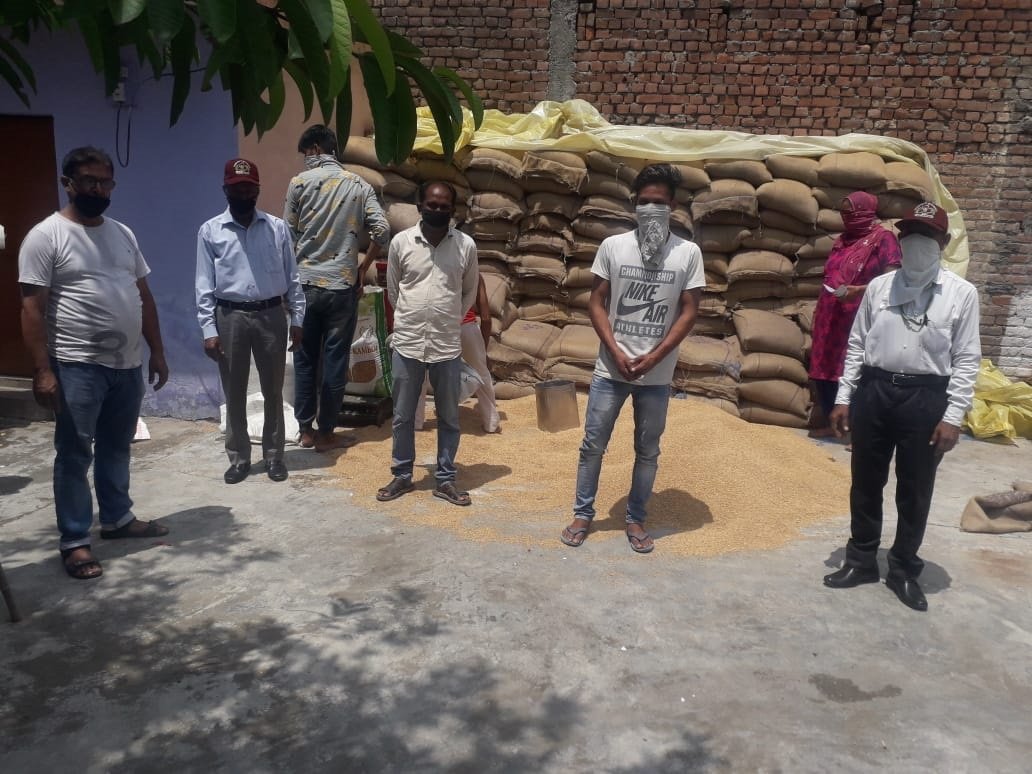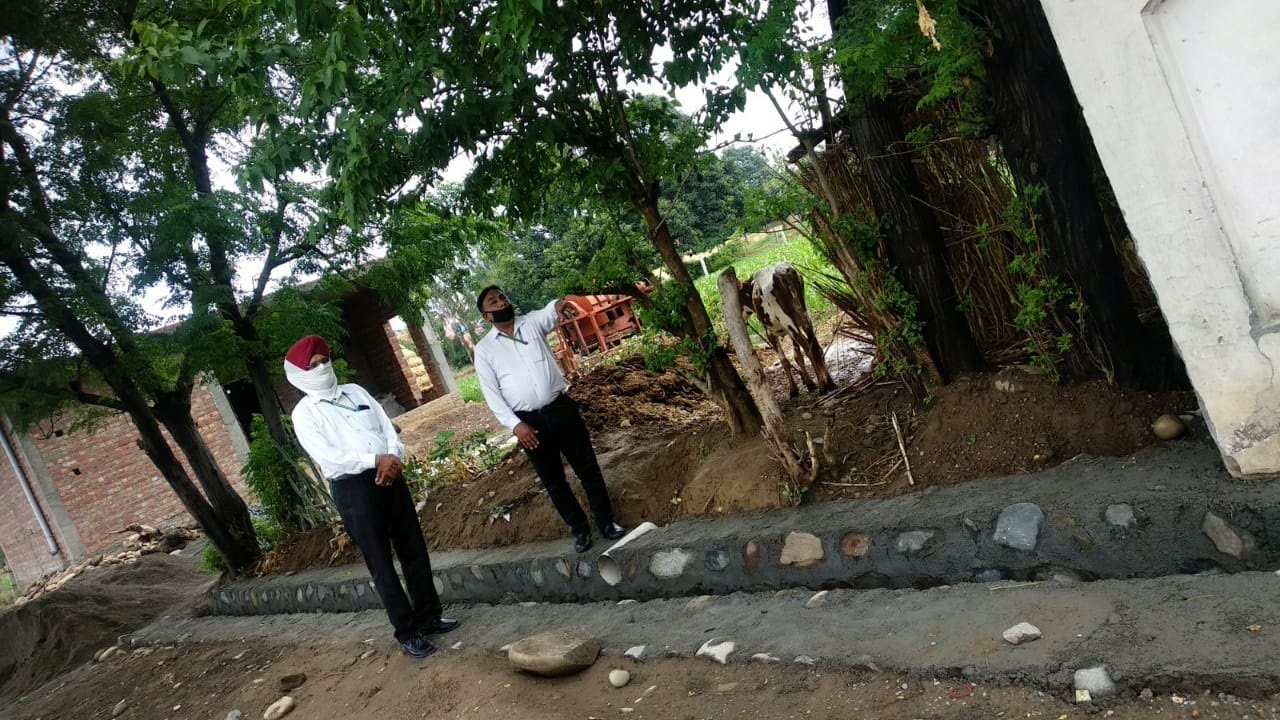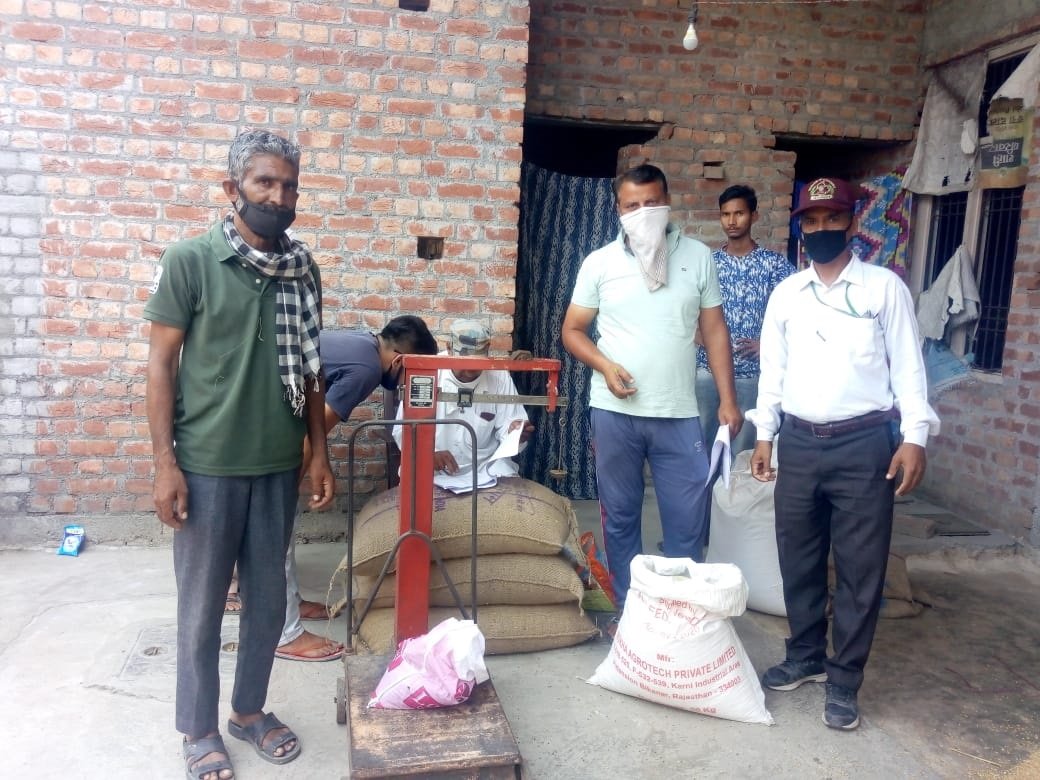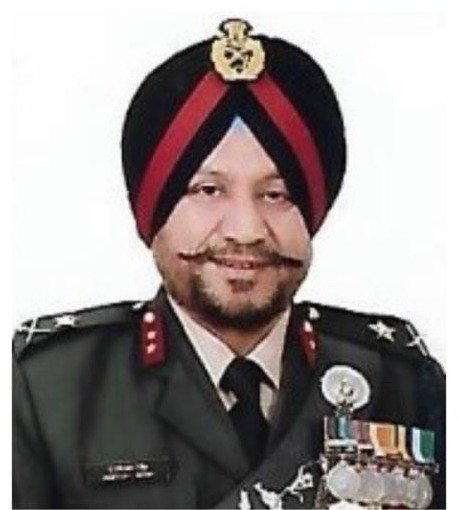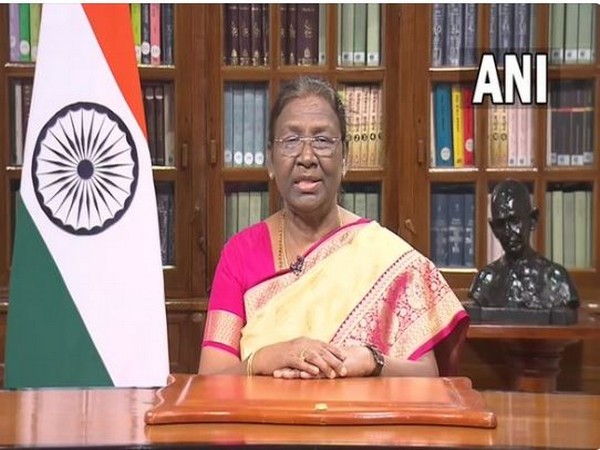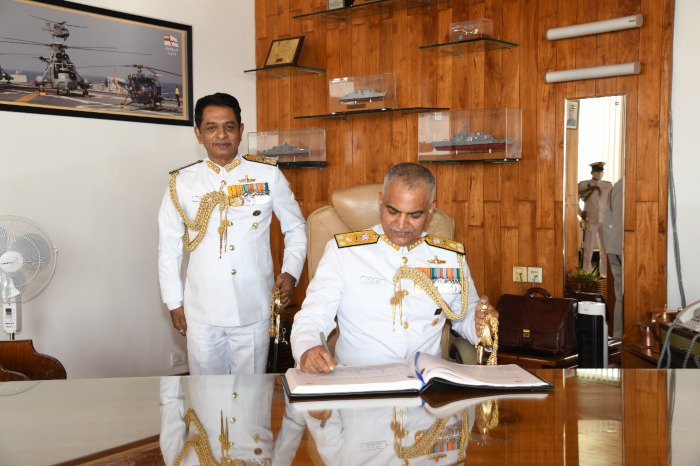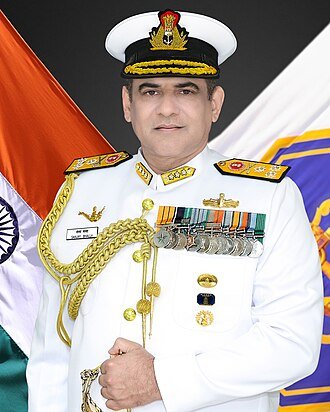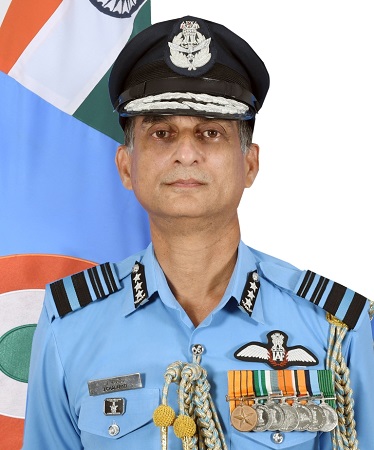
Tribune News Service
Chandigarh, June 5
Regretting that the Government of India had “failed” to provide any help to small states in fighting the impact of the Covid outbreak and the prolonged lockdown, Chief Minister Capt Amarinder Singh on Friday said it was the duty of the Centre to come forward in fighting this national battle and help the states revive their battered economies.
‘Take tough stand against China’
- The problem needs to be resolved through negotiations and diplomacy, but we cannot turn our back to the threat posed by the aggressive moves of the Chinese at the border. As sovereign nations, both countries should find a diplomatic solution to the problem. India does not want war, but we will not accept bullying by China — Amarinder Singh, CM
Even though Punjab has managed to control the medical aspect of the problem to a great extent, economic revival will require support from the Union Government, he said during a video press conference.
He said all steps being taken to revive the economic activity in Punjab were purely the result of the state government’s own efforts.
Pointing to the conditional increase in the borrowing limit of the GSDP, he alleged that by curtailing the state’s rights, the Centre had negated the benefit of even the “miniscule and delayed” financial help it had extended.
On the initiatives being taken by the state to revive its economy amid the pandemic, the Chief Minister said nearly Rs 24,000 crore had been pumped into the rural economy as a result of the bumper wheat crop during the recently concluded Rabi season.
Further, he said, of the total 2.56 lakh industrial units in the state, all but 20,000 had resumed operations. However, the industry in Punjab would take some time to run to its optimum level, he said, urging the Government of India to bail out small and medium industries.
Asked to comment on the recent conversation on this issue between Congress leader Rahul Gandhi and industrialist Rahul Bajaj, the Chief Minister said they were both right as both the GDP and the lives of people were important. Though the lockdown was necessary to save lives, it was now vital to revive the state’s economy, for which a panel of experts led by economist Montek Singh Ahluwalia was preparing a blueprint, he added.
On migrants choosing to stay back in Punjab, the CM pointed out that of the 11.50 lakh migrant workers who wanted to return home, more than 5 lakh have now decided to stay back as the industries have opened in the state. Several of those who had returned to states like Bihar and Uttar Pradesh now want to come back to Punjab as work had resumed here, he said.
Will appeal against HC ruling on school fee: CM
- The Punjab Government will appeal against the High Court ruling allowing private schools to charge fee from students for the lockdown period, CM Capt Amarinder Singh said on Friday.
-

Sandeep Joshi Asserting that the health and safety of children was of paramount importance, the CM also ruled out opening of schools without getting a clean chit from medical experts. He was speaking during his video press conference.
- When asked to comment on a demonstration by some parents demanding opening of schools in Patiala, he said he would not compromise with the health of children at any cost. TNS
‘Sidhu part of party’
Chief Minister Capt Amarinder Singh denied reports of former minister Navjot Singh Sidhu being in talks with AAP. “Sidhu is very much part of the party. He is in touch with party’s central leadership. If Sidhu has any concern on state issues, he is always welcome to come and talk,” he said. In response to a question on roping in political strategist Prashant Kishor for shaping Congress poll campaign in 2022, he said the former had responded positively to his request. TNS



